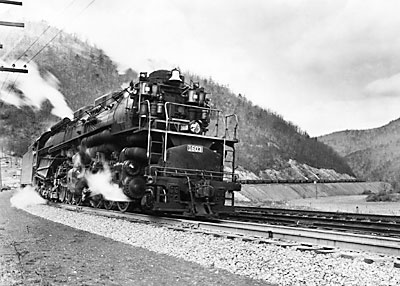
In 1940, the Chesapeake & Ohio needed new locomotives to meet a burgeoning demand for transportation. Its biggest engines were a fleet of single expansion 2-8-8-2s, purchased in the mid-1920s to haul coal on its line across the Alleghenies, where tunnel clearances prevented the use of anything larger. In the 1930s, C&O embarked on rebuilding […]
Read More…
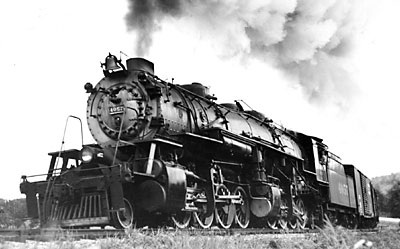
A scant three years after Alco introduced the Mallet to America (with the delivery of B&O’s sole 0-6-6-0 in 1904), the Erie took delivery of three camelback 0-8-8-0 Mallets – the first eight-coupled Mallets, also built by Alco – and put them to work as helpers on Gulf Summit in New York state. In 1909, […]
Read More…
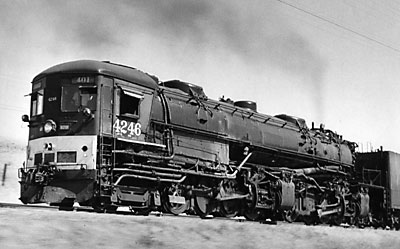
In 1928, the Northern Pacific went shopping for a locomotive that could eliminate doubleheading on the eastern end of its Yellowstone Division between Mandan, N.Dak., and Glendive, Mont. NP’s line through the Badlands had a series of long grades in both directions that made helpers impracticable and had long been one of the railroad’s operational […]
Read More…
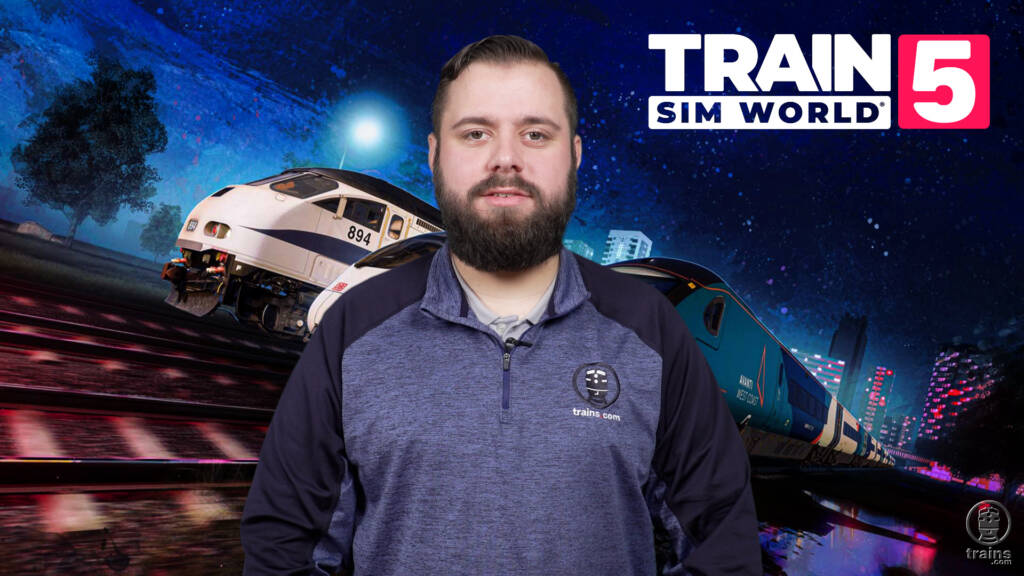
Train Sim World 5 is now available on a wide variety of platforms, including on PC, Xbox One and Series S|X, PlayStation 4 and 5, plus Steam Deck and via Epic Games Store. Join Trains.com talent Bryson Sleppy, as he walks you through TSW 5’s immersive virtual world of railroading…one that has growing appeal to […]
Read More…

Our Trains.com resident simulator software guru Bryson Sleppy shares the process for transferring Train Sim World 4 from a Sony PlayStation 4 to a Sony PlayStation 5 gaming platform. For more details on the release of Train Sim World 4, be sure to watch Bryson’s overview of the railroad simulation software on Trains.com! […]
Read More…

Trains.com talent Bryson Sleppy delves into the immersive world of Train Sim World 4, released in September 2023 and available on PC, Xbox One and Series S and X, and PlayStation 4 and 5. In this video, our host highlights improvements made since the release of Train Sim World 3 in 2022 (click HERE to […]
Read More…

Welcome back to another product overview of the captivating Train Sim World 3 on Trains.com. In this exploration, Host Bryson Sleppy delves into the immersive world of Train Sim World 3, released in 2022 and available on PC, Xbox One and Series S and X, and PlayStation 4 and 5. Players have the unique opportunity […]
Read More…
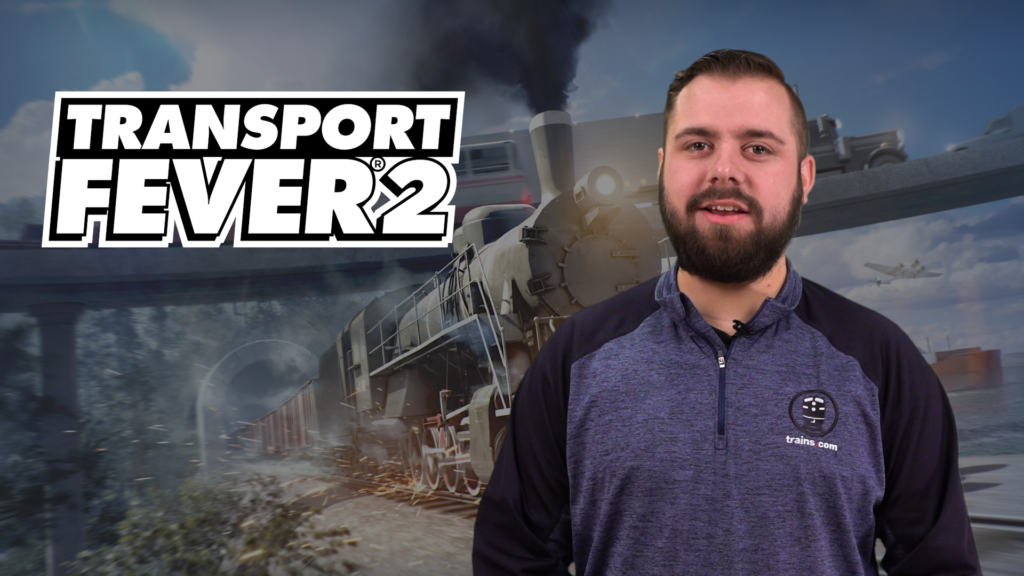
In this all-new, Trains.com product overview of Transport Fever 2, host Bryson Sleppy walks you through some of the distinctive features of the railroad simulator available on Mac, PC, Xbox One and Series S and X, and PlayStation 4 and 5 platforms. Unlike other railroad sims, TF2 expands the game environment consider additional modes of […]
Read More…
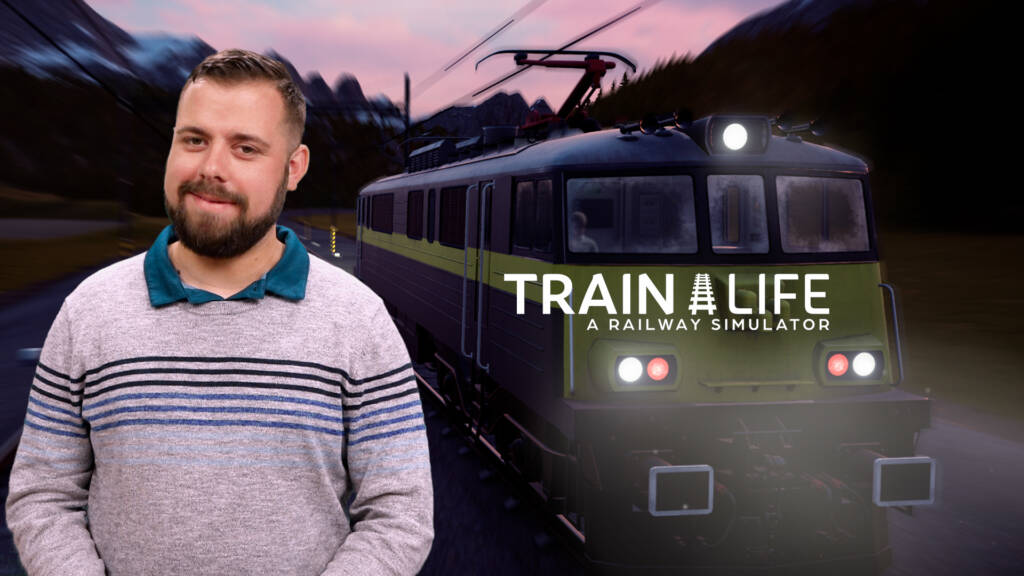
Host Bryson Sleppy takes train watching in a different direction, as he examines the world of “Train Life: A Railway Simulator,” a captivating railway simulator/game. Developed by Simteract (released in 2022), the game offers an immersive experience across Europe’s major cities like Berlin, Zurich, and Amsterdam. Unlike traditional train simulators, “Train Life” takes you beyond […]
Read More…
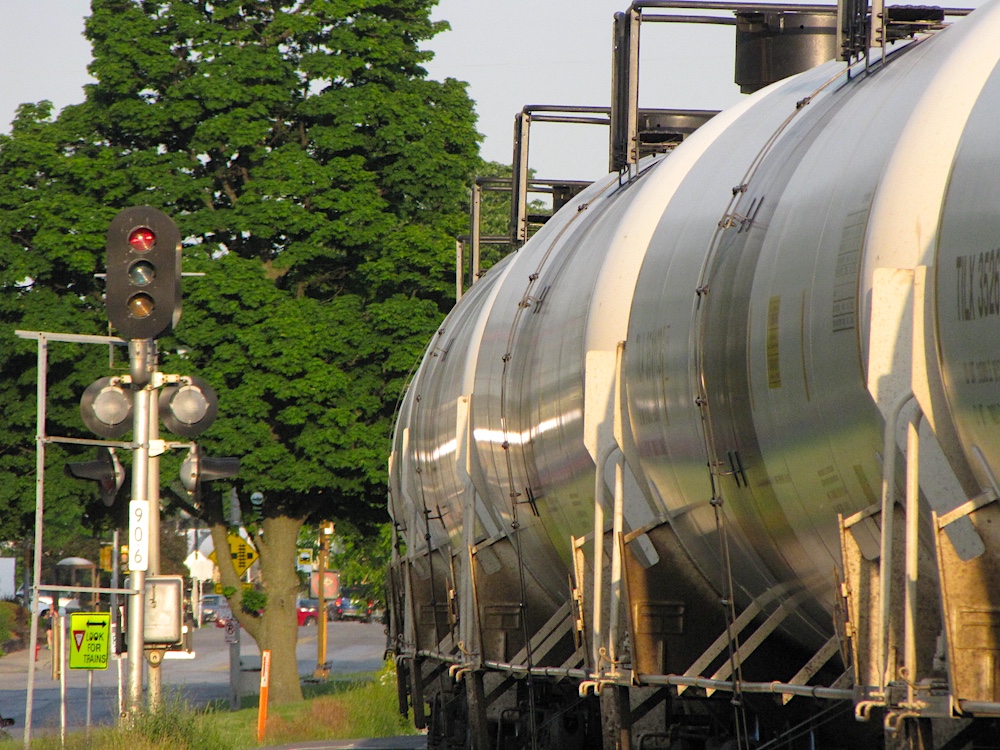
Tank car history traces back more than 150 years. Today, tens of thousands of tank cars are in service on North American railroads. They are used for various liquids and gasses, and their cargos include petroleum products, chemicals, and food-grade substances. Tank cars can be pressurized or non-pressurized, insulated or non-insulated, and — depending on […]
Read More…
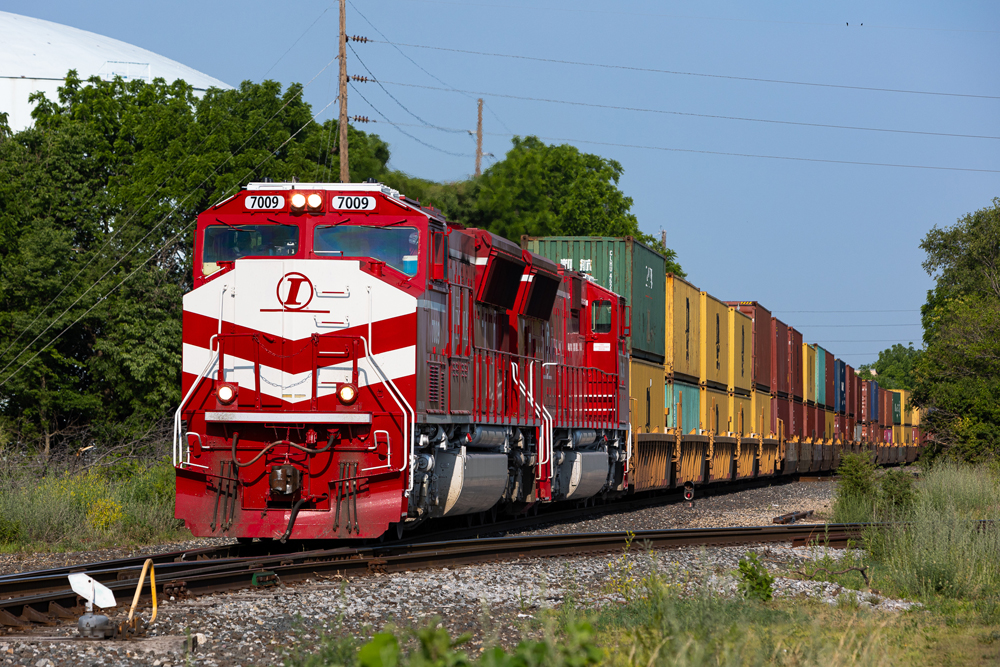
Intermodal equipment If you’re trackside, odds are you’re going to see an intermodal train. Intermodal made up 49% of the 34 million units of freight carried by U.S. railroads last year, more than four times higher than coal, the next largest commodity. Odds are that intermodal train will mostly have railcars owned by TTX, a […]
Read More…
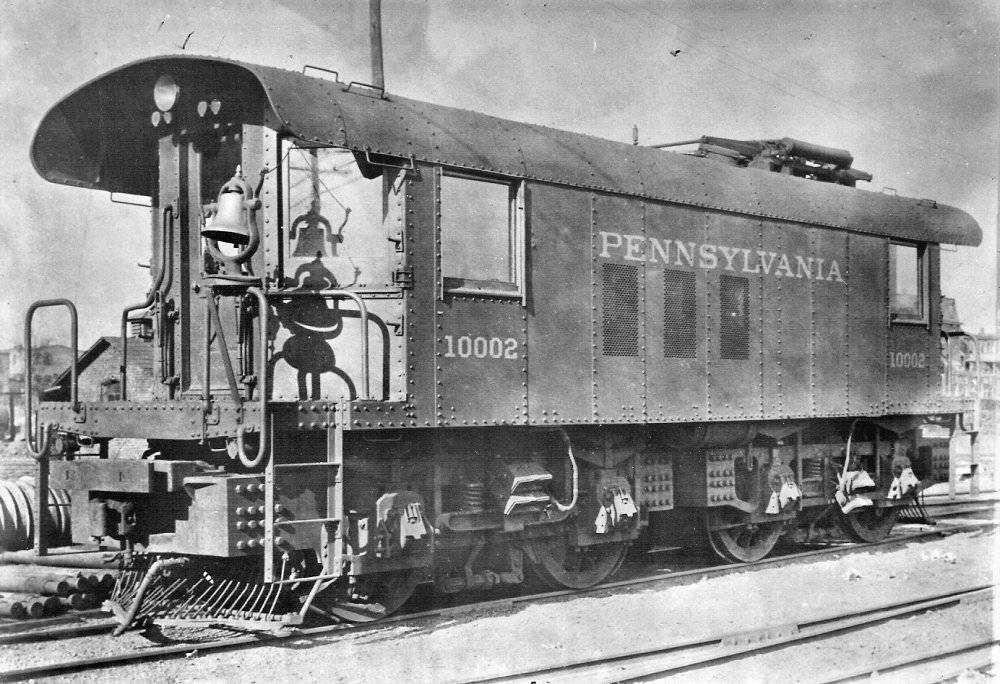
Electrification of railroads North American freight trains are powered by diesel locomotives. Before the diesels, steam engines did the work. Electric trains have a niche hauling passengers in the Northeast. Everyone knows this short history of motive power development, but it’s not quite the whole story. Early electrification of railroads “Diesels,” of course, are properly […]
Read More…












